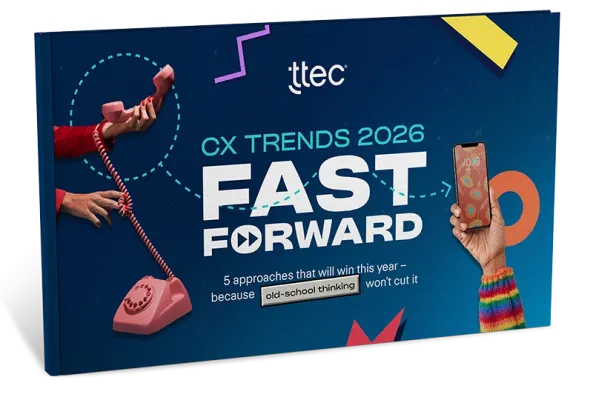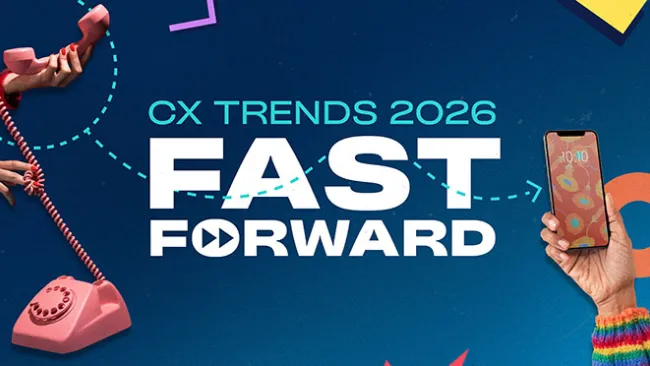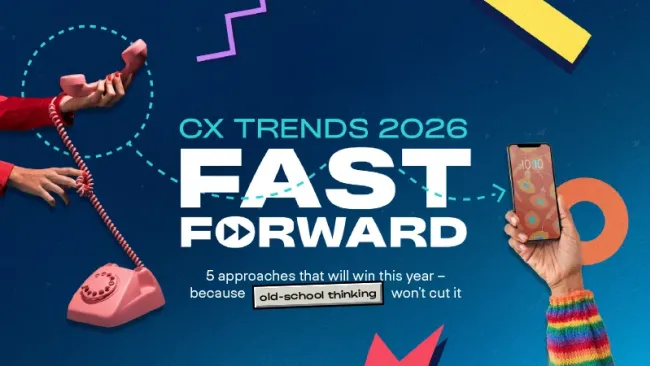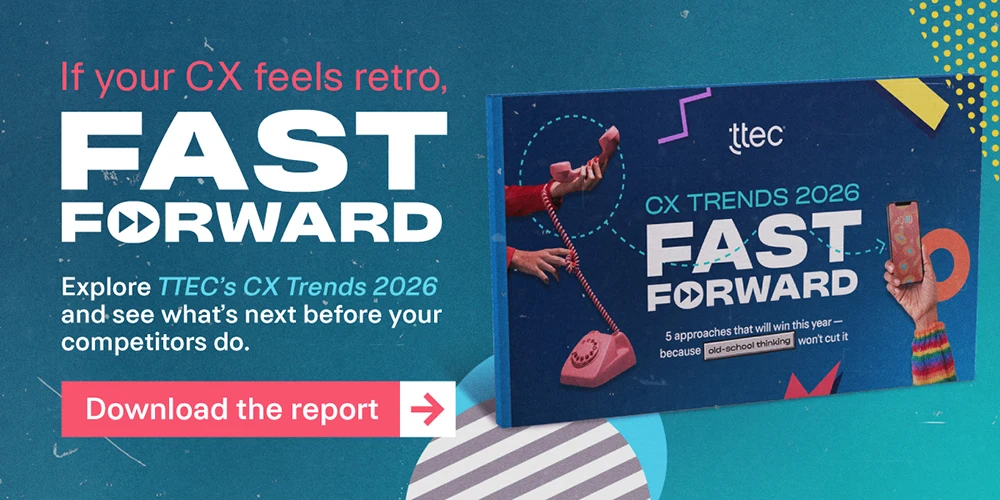Across the tech industry, investment in AI has never been higher. Yet for many organisations, the payoff still feels out of reach.
Why? Because implementing AI and operationalising meaningful, trusted experiences are not the same thing. Adding AI tools to your customer experience (CX) tech stack isn’t enough; they need to be integrated in ways that improve customer and employee experience, create efficiencies, and deliver the results and ROI you need.
And tech brands must be thoughtful when drafting plans for deploying AI. In general, tech brands fall into one of two camps:
- They’re plagued by data paralysis and too many choices, so they’re afraid to make a move
- They’re early AI adopters who jumped on the technology early and have some post-deployment finetuning to do
These disconnects are proving costly. Enterprises are investing upwards of $30 billion globally into generative AI, but 95% of AI pilots are generating no measurable return for businesses.
When thoughtfully deployed, the AI promise is clear. The results? Not always.
AI’s expanding role takes centre stage in our new report, “CX Trends 2026: Fast Forward.” Here are two emerging trends – and what they mean for tech leaders.
Agentic AI rises, but trust and data decide its fate
Agentic AI is here – a recent global McKinsey survey found 62% of respondents’ organisations are at least experimenting with AI agents – but in 2026 it will elevate to the next level. Systems will act on behalf of customers or employees, not just assist them.
At TTEC, we’ve seen multiple use cases where streamlining customer support through AI actually generates better customer experience. We’re past the point of proving the concept; we know that agentic AI can and should be used to help service customers when, where, and how they want to be serviced.
In 2026, more agentic AI will move from pilots to production. The technology is moving beyond, “answer this question,” to “accomplish this objective,” and autonomously deciding steps, using tools, and iterating based on results.
But the lingering question isn’t whether companies can make AI autonomous; it’s whether customers will trust it. Too many early AI deployments failed because brands weren’t measuring AI’s impact on the customer experience. Faulty deployments also lacked data integrity, explainability, and human oversight. And when an AI gets it wrong, even once, trust takes months to rebuild.
Brands should embrace AI tools that act intelligently and transparently, foster collaboration, and remove friction. Things like:
- Predictive self-resolution, when devices detect and fix issues before users even notice
- Adaptive tone intelligence, when AI tunes communication style to user mood and urgency
- Transparent AI interfaces, where customers can see why a system made a choice and can then opt in or out
When AI implementations are intentional and strategic – and when AI feels accountable – customers will be more willing to let it act on their behalf. This will become the new definition of trust in CX.
Tech stack clarity becomes mission-critical
As AI adoption accelerates, the technology is getting noisier and more fragmented. Every department buys its own solution, but few systems talk to each other.
The result? AI fatigue. Tools overlap, data silos deepen, and the customer journey becomes disconnected.
Clarity, not complexity, will be the competitive edge going forward. A unified tech stack has never been more important.
Tech stack clarity isn’t just about knowing what tools you use. It’s about having a forward-looking technology strategy:
- Choosing the right platforms that you can build upon without fragmenting your customer data
- Ensuring that your tech investments are intentional instead of reactive
- Addressing duplicative capabilities across platforms and understanding best-fit consumption models
In 2026, look for experience orchestration platforms that unify customer, employee, and operational data into a single source; and unified analytics dashboards that help you connect experience KPIs to business results (not just tech metrics).
Lead the new era of tech CX
AI doesn’t fail because it lacks capability. It fails when it lacks context, transparency, and orchestration. In the new year and beyond, winning tech brands will treat AI as a trust-based partner, not just a tool, and they’ll design clarity into every layer of their tech stack.
If you don’t know where to start or lack the needed expertise and resources in house, working with a CX partner that has deep roots in the tech industry is a great way to tap into the people, tools, and strategy you need.
For more on making AI work for your brand, and other trends we’re forecasting for the year ahead, check out our report, “CX Trends 2026: Fast Forward.”
















